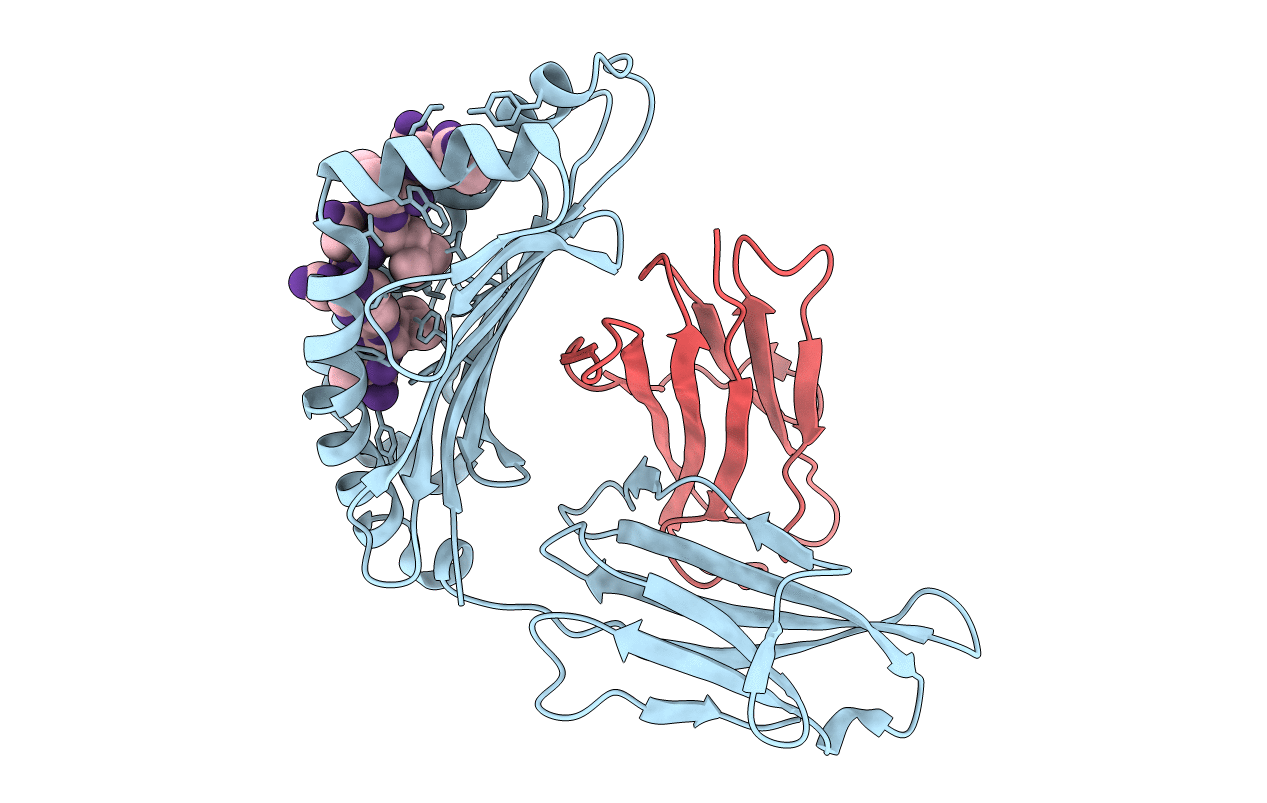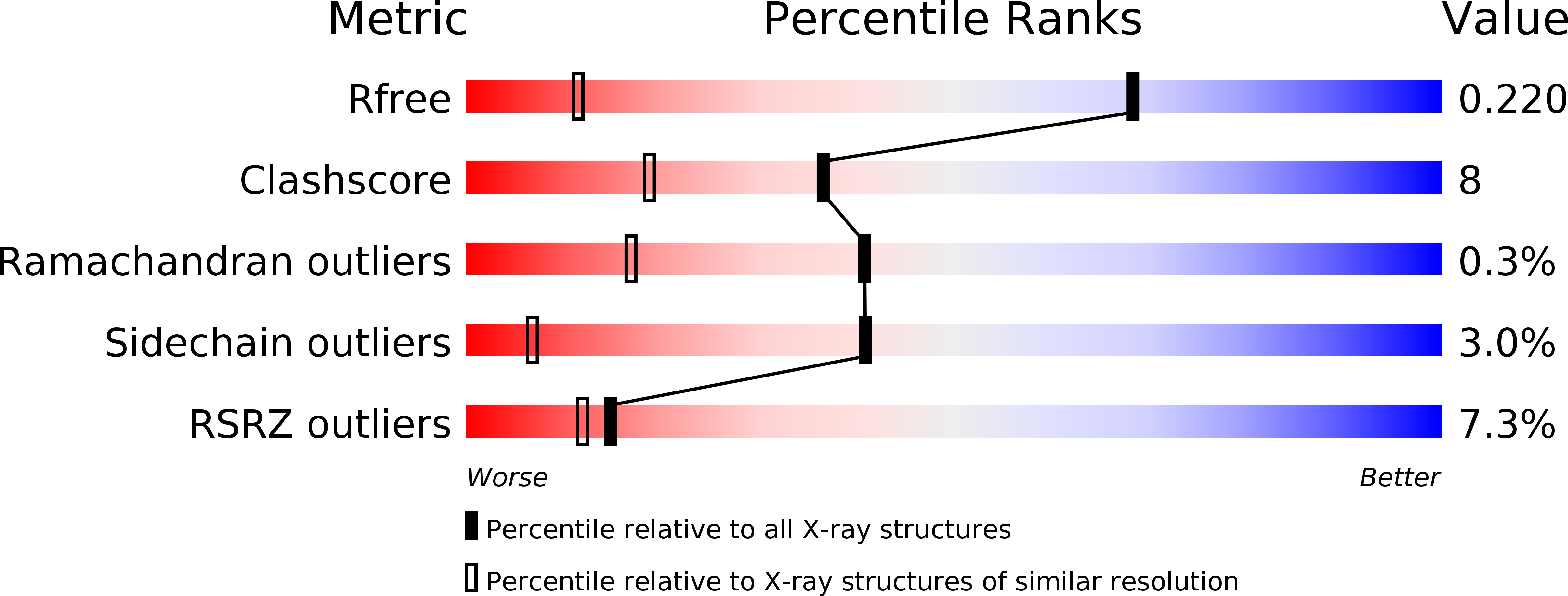
Deposition Date
2008-05-07
Release Date
2009-02-10
Last Version Date
2024-10-09
Entry Detail
PDB ID:
3D25
Keywords:
Title:
Crystal structure of HA-1 minor histocompatibility antigen bound to human class I MHC HLA-A2
Biological Source:
Source Organism:
Homo sapiens (Taxon ID: 9606)
Host Organism:
Method Details:
Experimental Method:
Resolution:
1.30 Å
R-Value Free:
0.20
R-Value Observed:
0.16
Space Group:
P 1 21 1


